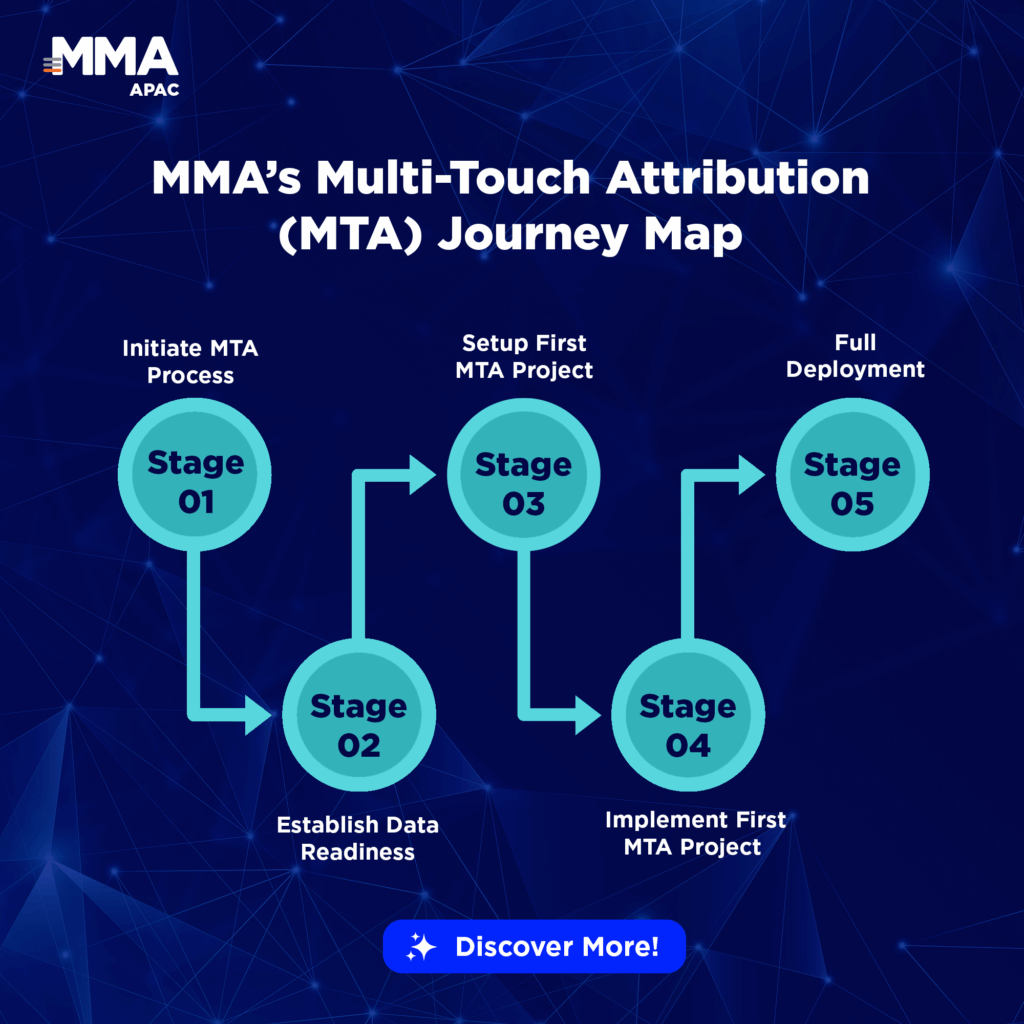
A bold CX strategy may set the destination, but without the right internal enablers, even the most compelling vision will stall.
What separates high-performing organizations from the rest isn’t just what they plan to do — it’s how well they’ve institutionalized the systems, behaviors, and accountability to make CX durable at scale.
The final three pillars of the MMA Global CX Maturity Framework focus on exactly that: how to embed, operationalize, and measure CX in a way that drives lasting impact.
1. Culture — Embedding CX in the Way Work Gets Done
Key Question: Does your organization think and act in service of the customer, at every level?
In mature CX organizations, culture isn’t defined by posters or mission statements — it’s lived through decisions, processes, and behaviors. These companies:
-
Foster leadership that models and reinforces customer-centric decision-making
-
Equip teams with training, resources, and role clarity around CX delivery
-
Treat customer and employee feedback as strategic inputs, not afterthoughts
When CX becomes part of how teams operate — not just what they measure — it becomes self-sustaining.
2. Governance — Creating Clear Ownership and Accountability
Key Question: Who is responsible for experience outcomes across the organization?
Sustainable CX requires intentional structures, not just goodwill. Mature organizations establish:
-
Defined decision rights for prioritizing customer experience initiatives
-
Cross-functional CX steering committees to break silos and align execution
-
Accountability frameworks that reward measurable impact, not just activity
In the absence of governance, CX often gets lost in functional handoffs and lacks the authority to influence enterprise priorities.
3. Metrics — Proving the Business Value of Experience
Key Question: Are your CX metrics driving insight, or just reporting activity?
Metrics are powerful when they serve as a bridge between customer sentiment and business performance. Mature organizations focus on:
-
Experience KPIs tied directly to financial outcomes (e.g., linking NPS to retention, CSAT to LTV)
-
Consistent measurement practices across channels and touchpoints
-
Real-time dashboards that guide decision-making, not just track trends
When CX metrics demonstrate tangible business impact, they become a strategic asset, not a reporting requirement.
Are Your CX Foundations Built for Longevity?
These hidden enablers — culture, governance, and metrics — are what determine whether CX efforts gain momentum or lose steam.
The MMA CX Maturity Assessment helps you evaluate how well these capabilities are embedded within your organization, and what gaps must be addressed to scale sustainably.
Start the Assessment today and build the internal infrastructure to turn your CX vision into enduring enterprise value.

